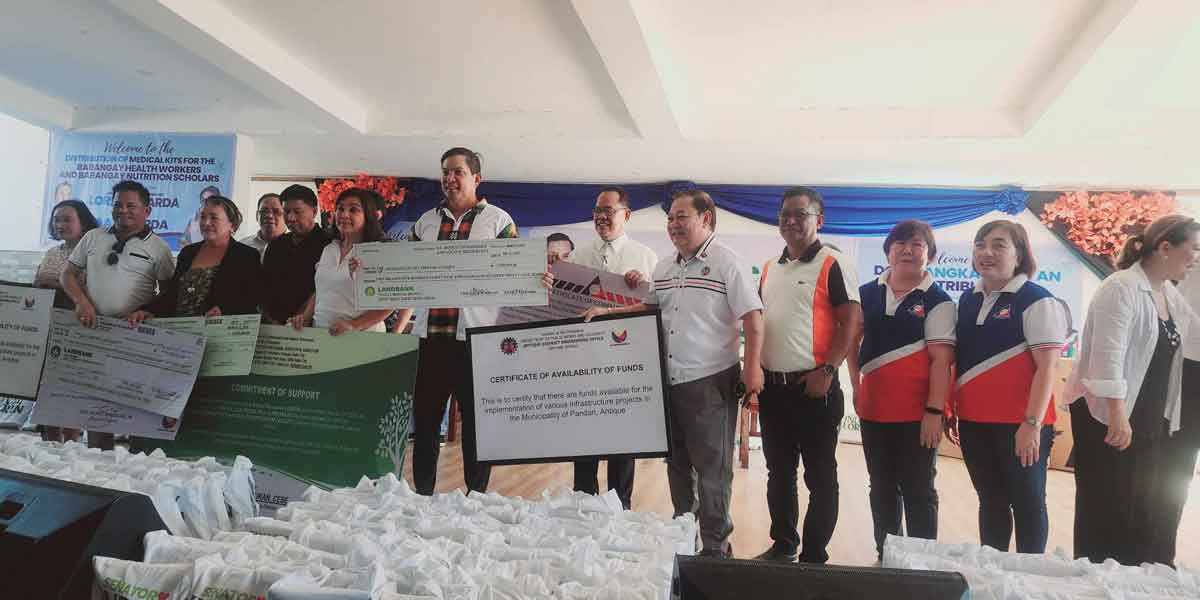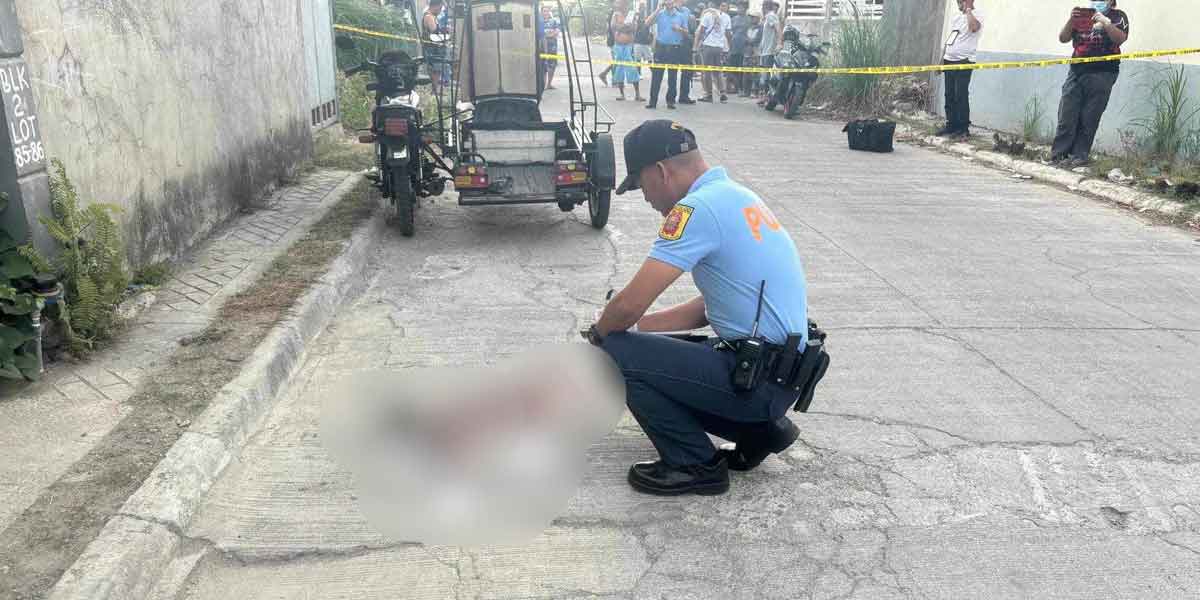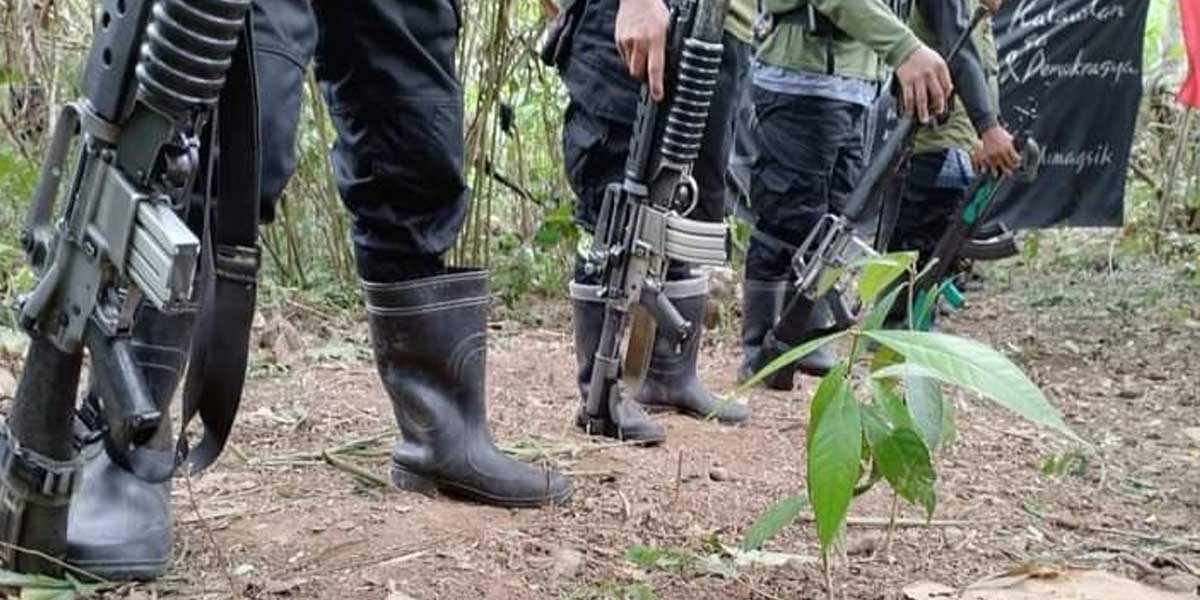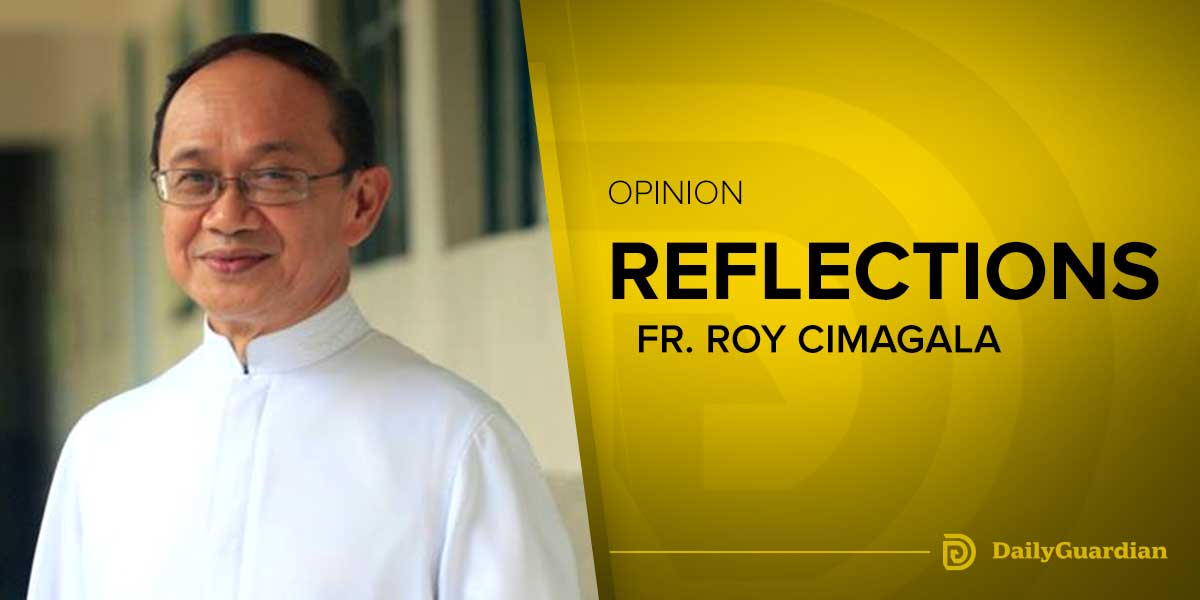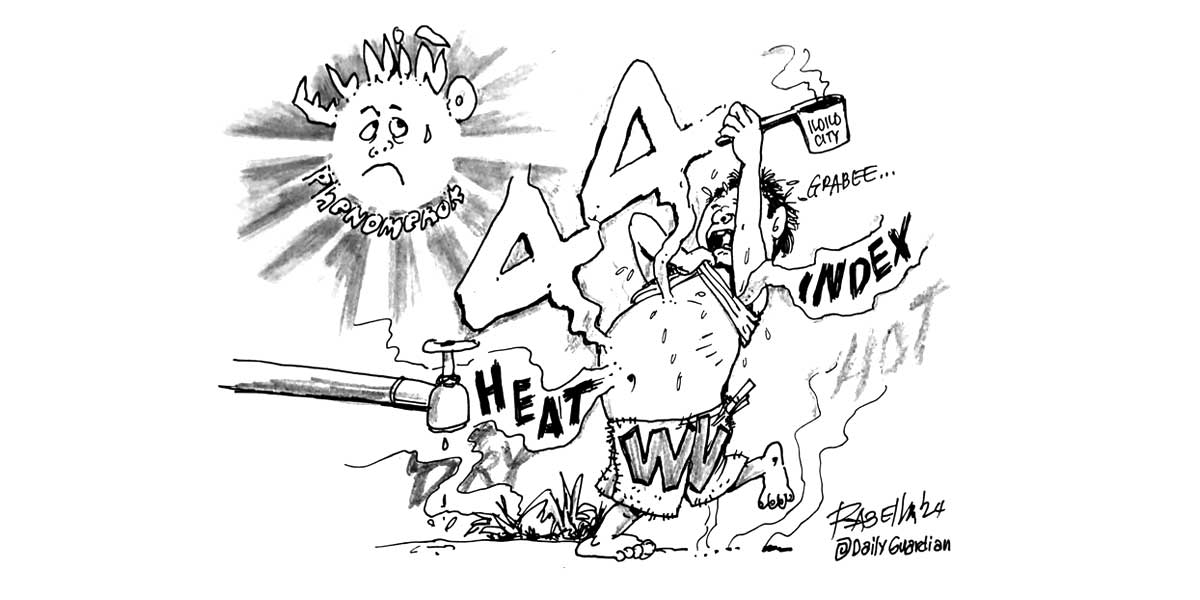 By Modesto P. Sa-onoy
By Modesto P. Sa-onoy
During the early period of the Church, the Romans persecuted the Church and in order to keep the faith and provide the faithful with spiritual sustenance, the leaders of the Church continued with the sacraments in what is known as “catacombs”. They are human-made subterranean passageways for religious practice. The catacombs were underground cemeteries so the open landscape would not look ugly with the burial mounds and structures
Because of the persecutions, the Christians held their religious services, like the Mass underground, beyond the eyes of the authorities and “among the tombs” thus the name “catacomb.”:
Last April 29, 2020, LifeSiteNews published the interview of LifeSite co-founder John-Henry Westen of Bishop Athanasius Schneider of Kazakhstan who said the “persecution” of the church being carried out by governments across the world during the COVID-19 outbreak is causing “a kind of underground Church” to emerge and that this may be a vehicle for God to purify the Church.
“It could be that we are going through a time of the catacombs — a kind of underground Church. But we need not be fearful. We must be courageous, because the Church has a lot of … experience being a catacomb Church, an underground Church. And in those times of catacombs, God gave plenty of spiritual fruits for the renewal of the Church.”
Indeed, through the period of persecution the Church produced hundreds of martyrs and saints because despite the persecution they were sustained by the Sacraments.
Bishop Schneider pointed to the heavy-handed restrictions placed on churches in the United Kingdom and elsewhere (the Philippines included) as proof that governments are using the coronavirus as a “pretext” to “implicitly persecute” the Catholic Church.
England’s lockdown laws (as in the Philippines) are “completely against every reasonableness of proportionality,” he remarked. They are “a kind of discrimination and persecution of the Church.”
His Excellency continued: “The bishops and the bishops’ conferences — and even the Holy See — should insist on the governments to give to the churches at least the same rights as they give to the stores where people can buy food. If the government denies the Church the same rights as they give to a store, then this is discrimination of the religion.”
Schneider wondered if this time in history is “an intervention to purify the Church through a persecution” due to the widespread nature of “heresies in doctrine and morals [and] in the liturgy” in the Church.
The bishop asked whether this time of the pandemic “a time of catacombs would be good for the Church in that a very strong intervention by Divine Providence to awaken the Church.”
Last week the Philippine government allowed the opening of churches and religious service but within the day the order was rescinded because “some people” objected, without citing a single person or official. The sad part is that not a single member of the Philippine hierarchy objected to the quickie change of mind of the government. Maybe there was but unheard.
I wonder whether there will be an “awakening” here as well. Only God knows and decides whether His intervention will be needed.
Thus, Bishop Schneider added that “Catholics need to pray so God may illuminate Pope Francis and make acts of reparation together with the cardinals for the outrages against our Lord, in the Eucharist …committed inside the Church and for sins like abortion that are committed outside the Church.”Top of Form
“It is the Lord who will determine the time of the catacombs, the time of persecution, not the governments,” he concluded.
We are not in the catacombs physically but what is happening is that the Catholics are being pushed to attend “virtual Masses” that deny them the true and central reason for the Mass – the reception of the Sacred Host. We can “receive” the “spiritual communion” but it can never replace the actual receiving of the Body of Christ.
The need for physical distancing can be difficult to enforce with thousands of people inside a church. They need not be thousands, like excluding the very young children (below 7 years), increasing the number of Masses, limiting attendance on Sundays, encouraging attendance on weekdays, holding Masses in wide open spaces, allowing priests to distribute communion at the home of seniors – the possibilities are big especially in communities without a disease incidence.
Unless anti-Catholics are in control, there are ways. Otherwise, the catacombs.

